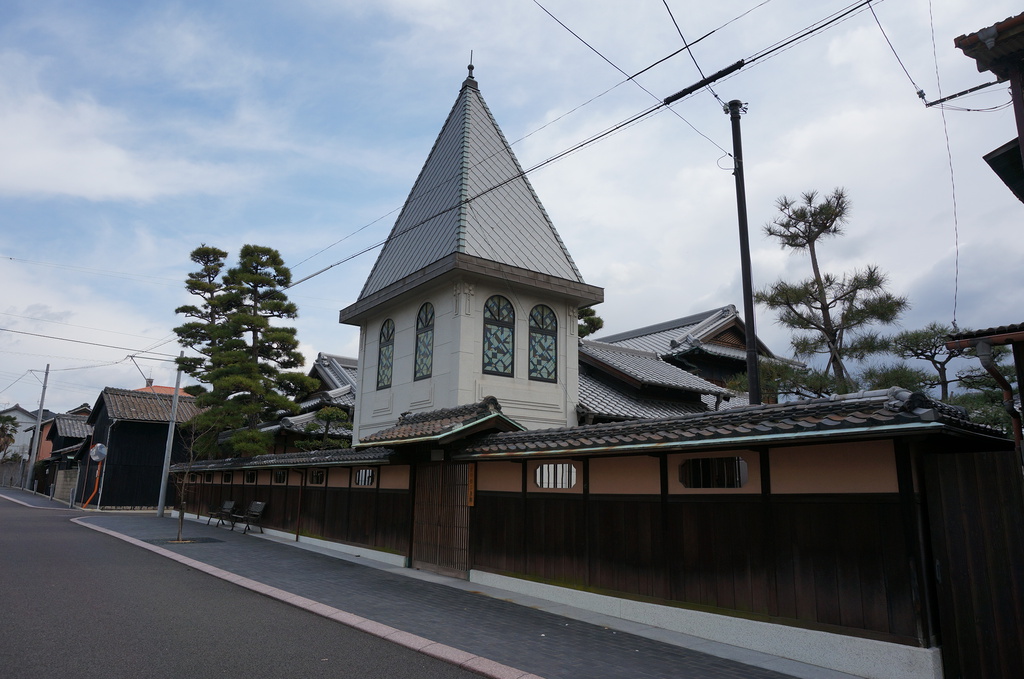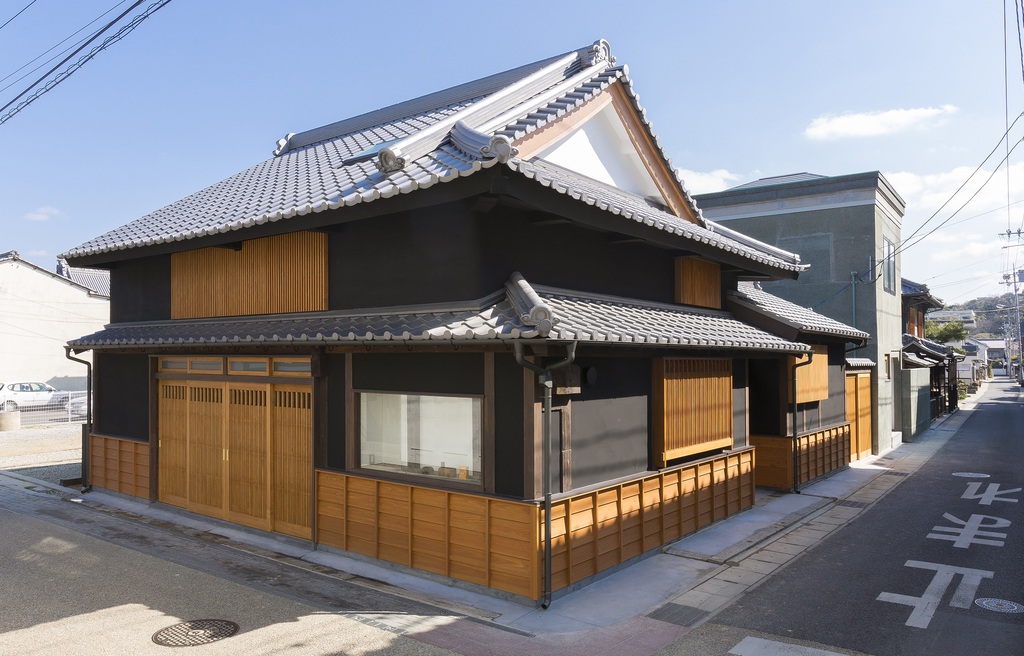
Central Kagawa (Coastside)Utazu Komachi
Streetscape

Streetscape

Guest House on Old Street (Rinsui)
Utazu has been a prosperous port town since the Muromachi period (1336–1573). A part of the old town south of the town hall is called Komachi, where many historic shrines, temples, and traditional merchants’ family homes (machiya) can still be seen along the streets. The long, thin merchant’s homes, which are distinguished by their narrow entrances, were mainly built in the mid-1800s and are joined by newer Western-style buildings here and there. Among the nine Buddhist temples in Komachi, the most notable is Goshoji, the 78th sacred site on the 88-temple Shikoku Pilgrimage. Another notable religious site is Ubushina Shrine, a Shinto sanctuary with more than 1,200 years of history. Komachi is best explored on foot, with a stop or two at the old shops that sell ohagi, a traditional sweet treat made from mochi rice cake and red bean paste. The neighborhood attracts crowds every March, when a festival is held to celebrate Hinamatsuri (Dolls Festival).
Co-Machi no Ie (Komachi no Ie Guest House)
Co-Machi no Ie is an accommodation facility where visitors can overnight in a traditional merchant’s family home in Komachi, part of the old town south of Utazu town hall. Many historic shrines, temples, and traditional homes dot the streets of Komachi, making the neighborhood an inviting place to explore on foot. The two buildings that comprise Co-Machi no Ie had been left vacant before the town authorities purchased and renovated them, added all the necessary modern conveniences, and in 2014 made the houses available for accommodation.
The older of the two buildings is called Rinsui and was constructed in 1868. A symbol of Komachi, it is distinguished by its plastered exterior, as is typical of traditional homes in Utazu. Inside, the ranma transoms and other decorative details in the rooms on the first floor have been restored to their original appearance. The second floor has a bedroom built in what used to be the attic, where a thick beam that supports the structure has been left visible.
Sezan, the other half of Co-Machi no Ie, dates to 1930 and features Western architectural elements such as a simple mortared exterior and walnut flooring in the rooms. Inside there are also traditional Japanese features including ranma transoms, which suggest that the building was originally a Japanese-style house. Standing in the middle of Komachi, both structures help visitors imagine what the town may have looked and felt like during its heyday more than a century ago.
20-minute walk from JR Utazu Station